Shelf-Ready Packaging
Shelf-Ready Packaging (SRP) or Retail Ready Packaging refers to the way a product has been prepared by a manufacturer to supply to a retailer in a ready-to-sell merchandise unit. These items can be easily placed on a shelf by store persons, without the need for unpacking or repacking. This demonstrates several clear benefits for retailers and suppliers:
- Provides replenishment efficiencies by minimising the time taken by store persons to replenish and ‘face up’ stock on the shelves. Instead of unpacking shipping cartons full of single units and placing each item on the shelf, they simply need to remove the external package and place the entire tray full of product on the shelf.
- Increased product visibility on the shelves, as SRP can be used to enhance product branding. Suppliers now have the ability to reinforce their branding and marketing messages on the tray containing the products.
- Reduction in losses due to damaged stock, caused by store persons opening cartons with knives without due care.
Who needs to use it?
With the rapid introduction and expansion of international low-cost retailers such as Aldi and Costco to Australia, Coles and Woolworths are now looking to update their distribution and sales processes by adapting the SRP trend that these retailers have become renowned for.
This action means that suppliers to Coles and Woolworths now need to reconsider their manufacturing processes to ensure that they are meeting the new standards. Failure to comply could result in the inability to supply Coles or Woolworths, which would have a considerable impact to many businesses.
SRP guidelines
Coles and Woolworths have worked together to provide guidance for their suppliers in the process of adapting to shelf ready packaging, by developing the 'five easies' for SRP:
Easy to identify: Packaging should clearly convey tray contents and assist both shoppers in selection process, and store persons in shelf replenishment processes. Printing should be visible on multiple sides to maximise visibility.
Easy to open: Front and sides of packaging should be perforated and feature finger holes to assist staff in quickly removing excess packaging to stock the tray unit on the shelf; this also eliminates the need for a cutter which in turn will reduce store losses in damaged stock.
Easy to shelve: Design of SRP should be optimised to suit non-standard shelf depths and also ensure that the product can be stacked in multiple configurations; side by side, on top of each other, and one behind the other.
Easy to shop: The display lip of the tray should be as low as possible to ensure maximum product visibility. As a general rule, at least 80% of the product should be visible whilst inside the tray.
Easy to dispose/recycle: Cardboard and shrink wrap is collected by stores for recycling – SRP helps to reduce product wastage by improving stock rotation.
What changes does this mean for brands?
Current and prospective suppliers will need to adapt to this trend by re-evaluating current packaging processes.
Now that Coles and Woolworths require product to be supplied in shelf ready packaging, it's no longer sufficient to supply individual retail units in plain cardboard shipping cartons. This gives suppliers the opportunity to develop packaging which can support existing marketing messages and product information to ensure their products stand out on the shelves.
Considerations including product visibility, tray strength, shelf depth, ease of identification, and quality printing of barcodes on SRP are all critical during this research and development process.
Industry alignment
It's important to align with industry experts who can provide support with the process of updating packaging to meet supply expectations from Coles and Woolworths.
As a GS1 Alliance Partner, insignia can provide both ongoing support and training as well as complete barcoding solutions which are compliant with global standards. Need advice on printing solutions to meet your unique packaging requirements? Our knowledgeable staff are happy to assist you with any questions you might have regarding Shelf Ready Packaging and how it can impact your business.













